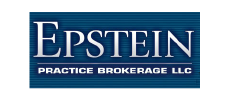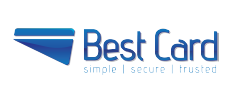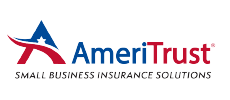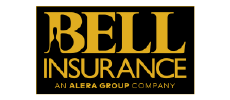Helping Dentists Navigate Their Finances
From tax planning and compliance to practice growth strategies, we understand the challenges and opportunities of healthcare finance. Let us help you on providing quality patient care while we manage the financial health of your practice. Discover how we can support your success throughout your business life cycle.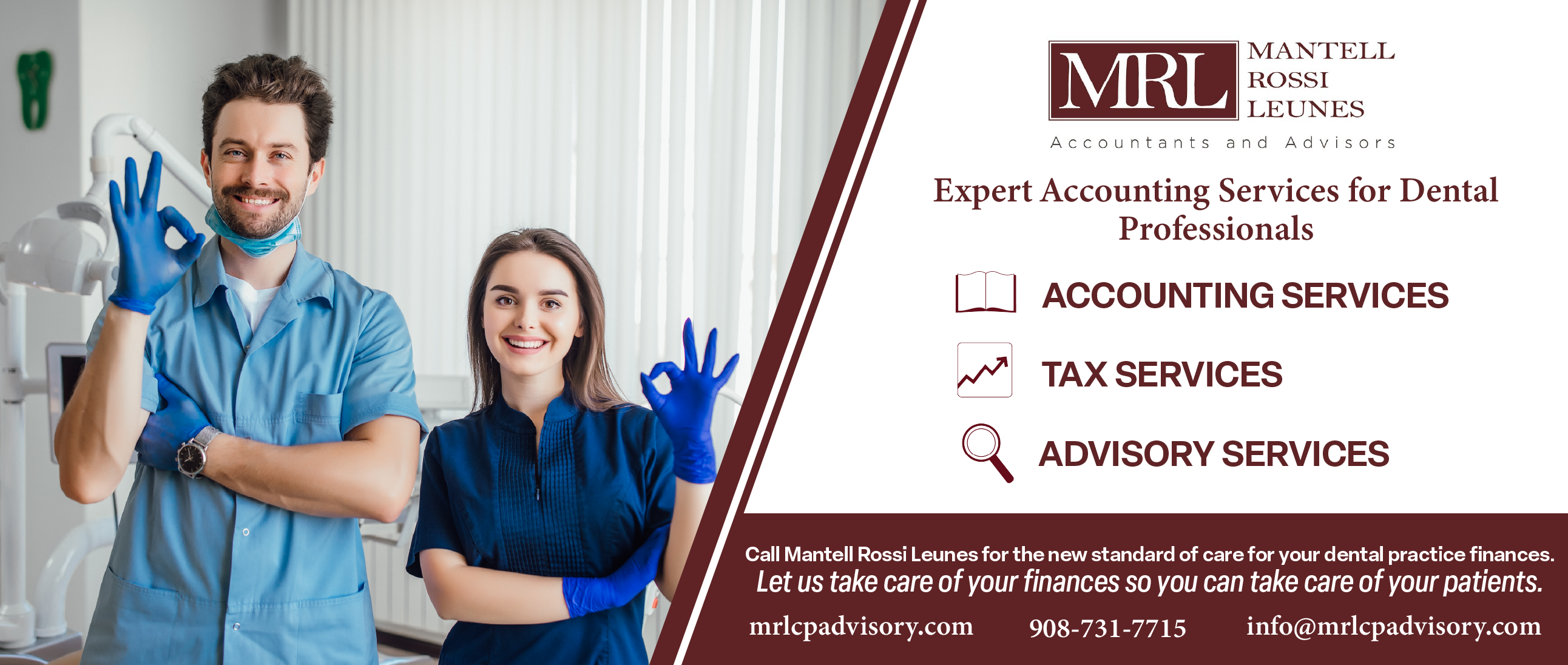
Perfect Smiles Start With You
Smile Design Boot Camp is an intensive 4-day course that equips dentists with the confidence and knowledge to incorporate techniques for single-arch and full mouth rehabilitation into their practice. Sign up to secure a spot!
Less Than A Month Away!
We are now less than a month away from the start of our two-day convention in Bridgewater… now is the time to pick your CE courses and make your plans to be part of this exciting gathering of the NJ dental community!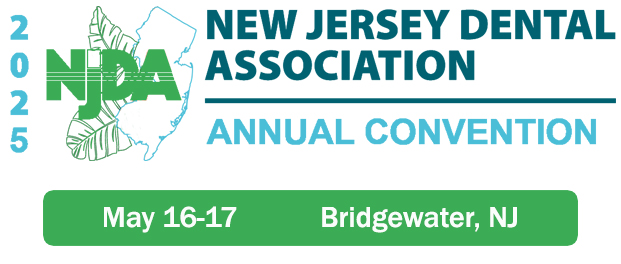
RSVP By May 1st
The NDJA Celebration on May 16 is going to be huge! We are taking over the entire 7th floor of the AC Hotel including three bars, outside patio, pool table, DJ and dance floor!
New Jersey Dental Foundation
Take a moment to learn more about NJDA's brand new initiative to help the public learn more and gain access to oral healthcare! Read the mission statement, governance, structure and more.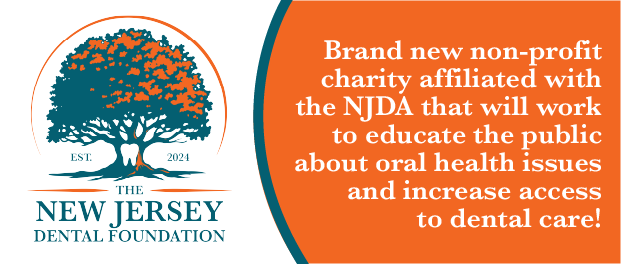
This is membership your way
Renew today to explore new lower membership costs and customization offerings.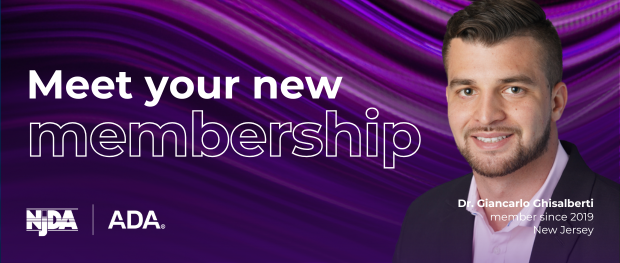
Helping Members Succeed
The New Jersey Dental Association is the voice of the dental profession and a strong proponent of oral health in the state. Members are part of a vibrant community of dentists encompassing 12 local dental societies as well as the American Dental Association. Members engage in educational programs, have access to dentist-centric relationships and tools to navigate the business of dentistry and their careers, as well as benefit from dedicated advocacy that protects the interests of the profession. The organization is run by member-dentists with the support of a team of professionals at NJDA Headquarters. NJDA members never practice alone!
UPCOMING EVENTS
DENTAL NEWS AND NOTES

In Case of Emergency, Preparedness Is Key
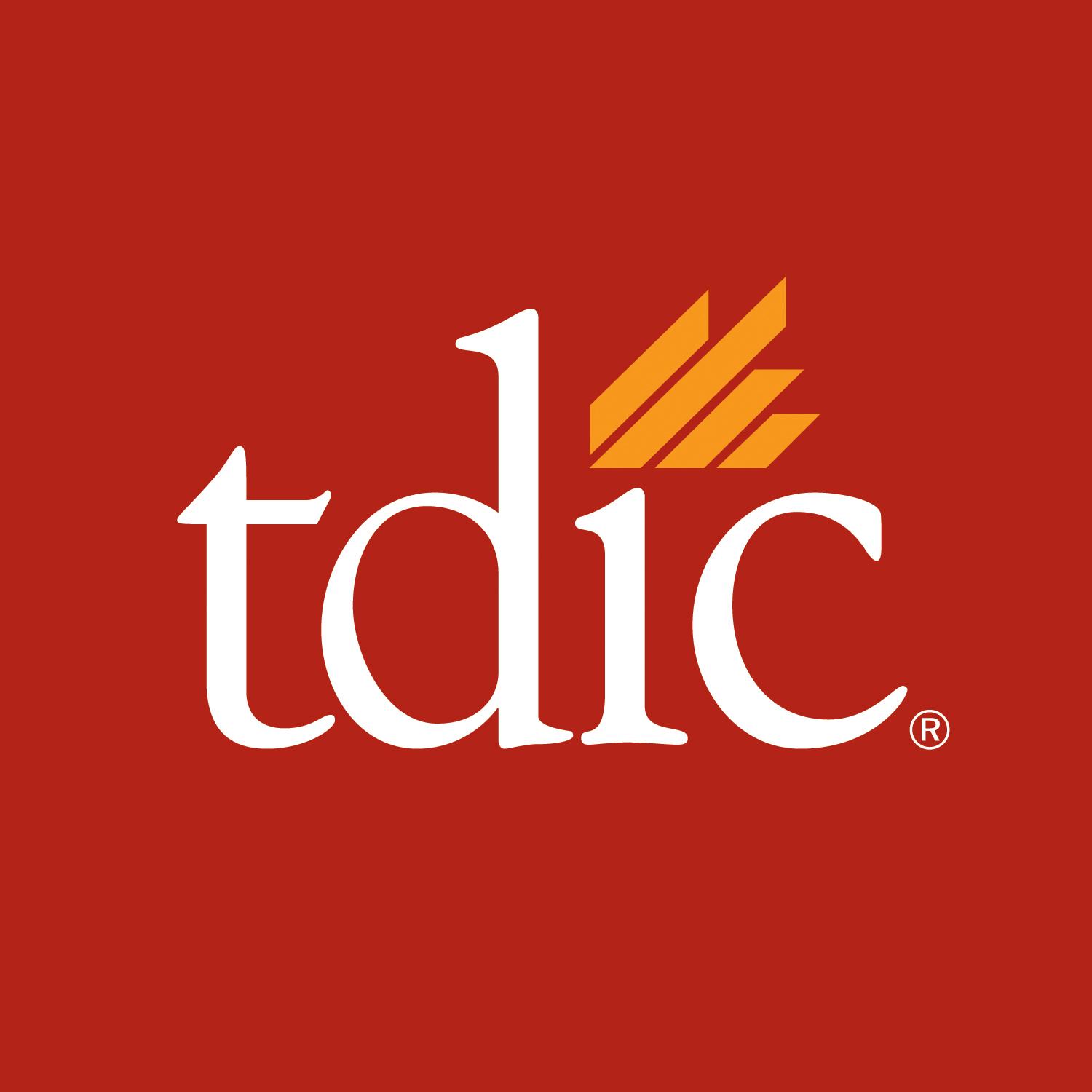
Is your practice prepared for when the unthinkable occurs and a patient experiences an adverse occurrence during or after treatment? The Dentists Insurance Company’s Risk Management Advice Line takes calls from dentists facing these challenging situations. Their guidance offers insight into effective prevention, management and assistance with reporting of adverse events.
A Case Study in Adverse OccurrenceAs reported in one Advice Line call, a 38-year-old patient with special needs presented with tooth pain. The patient had been previously treated by the dentist under general anesthesia without incident. Radiographs confirmed extensive decay involving the pulp in teeth Nos. 18 and 19. The dentist discussed treatment options with the patient’s legal guardian, who agreed that the best course would be extracting the teeth under general anesthesia at a local hospital.
The hospital physician ordered that the patient temporarily suspend some of her medications on the day of treatment, including a prescribed antiseizure medication. A certified nurse anesthesiologist administered general anesthesia during the outpatient procedure. The patient went into a pseudoseizure immediately after the administration of the general anesthesia, before the treatment could begin, and needed to be admitted to the hospital that day for observation
Two days after her admission, the patient was discharged from the hospital. A few days following discharge, the dentist’s office received a phone call from the county medical examiner’s office informing them that their patient had died. The medical examiner had questions about the medications that were administered, the vitals recorded and other procedural questions.
The dentist contacted TDIC’s Risk Management Advice Line for directions on how to handle the situation. The Risk Management analyst immediately forwarded the matter to the claims department for a referral to an attorney.
The attorney assigned to the case assisted the dentist in submitting the required regulatory report to the dental board detailing the event including the vital signs recorded, medications administered, the emergency procedures performed and their subsequent notification of the patient’s death. Even though the insured was not present or performing the treatment at the time of death, the attorney guided the dentist with the level of detail necessary for the board report. After reviewing the required regulatory report, the board concluded that no further investigation was necessary and closed the case.
An Ounce of Prevention Is Worth a Pound of CureAt best, preventable adverse events can result in time spent providing the required regulatory notification to the state dental board. At worst, the loss of life or livelihood is irrevocable. Dedicating time and resources to implementing robust safety protocols in your practice is an essential risk management tool. Documentation and communication are key. Make certain that your office and the patient’s records have documented evidence of the following:
- Establishing and maintaining formal safety protocols, which may include “time outs” to verify the patient and procedure and written checklists to make sure the team is fully prepared for emergencies. Follow these protocols for simple procedures as well as advanced procedures of sedation and anesthesia.
- Ensure staff members have adequate training. On a regular cadence, test familiarity with your practice’s established safety and emergency response protocols.
- Review and update each patient’s medical history.
- Review patients’ medications, including over-the-counter and herbal supplements.
- Check vitals prior to procedures. In most practices, this important step is handled by a dedicated staff member.
- Consult with the patient’s physician, particularly if the patient is medically compromised or has underlying health issues. TDIC policyholders can log in to their online account to download a Consultation for Dental Treatment sample form.
- Conduct and document an informed consent discussion with the patient or the patient’s representative or legal guardian.
- When a procedure is being performed by a traveling specialist, confirm their license, training, current insurance and certification prior to the specialist working on patients.
How To Remain Calm During an Office EmergencyIf one of your patients needs emergency care during treatment, your best risk management tool is a level head. Mistakes are often made when decision-making is influenced by emotions. Here are a few calm yet effective steps for responding to a crisis:
- Know where your gear is. Before beginning any procedure, know where your basic emergency response equipment is stored. You should be able to access it quickly. Assign a team member to regularly check and restock emergency response kits, including checking expiration dates of medications.
- Call for backup. Part of your safety protocols should be training your team to quickly respond to a call for help. If an emergency is developing, do not wait to assemble your team. This includes designating a team member to immediately request assistance from local first responders. Also be certain to reassign roles if a team member leaves or is temporarily out of the office.
- Overcommunicate. By communicating clearly with all personnel on hand while handling a patient emergency, you can delegate tasks efficiently and reduce your own stress levels. Say aloud what you are doing and ask others if they have performed the tasks outlined in your safety protocols. “Have you called 911? Are we doing CPR?”
- Never raise your voice. Raising your voice is a sure way to spread panic among your staff members and nearby patients. This can lead to a poor caregiving environment. Maintaining a professional demeanor even in crisis is crucial.
- Debrief. After any emergency response, take time to discuss the incident with all responding team members. Talk about what went right and what could have been done better. Review documentation to make sure an accurate record of care is provided before and during the emergency. This is an opportunity for team members to provide emotional support to one another after a stressful experience.
The best way to foster calm is for the whole team to be prepared. Schedule regular crisis response training and drills to ensure everyone in your practice has experience working together efficiently to manage emergencies. TDIC experts recommend crisis training at least once per year or more often if you have changes to staff.
What To Expect After an Adverse OccurrenceAccording to TDIC’s Advice Line analysts, most state dental boards require licensees to report any adverse occurrences or events possibly related to dental treatment to their state licensing board. This includes the death of a patient following treatment. Failure to submit a report to the state licensing agency can result in discipline against a dentist’s license and potentially a finding of unprofessional conduct. Advice Line analysts suggest that if there is any question of whether an incident should be reported, it is best to file a report out of an abundance of caution.
Due to the profound consequences of failing to properly report adverse occurrences, TDIC strongly advises dentists to contact the Advice Line as soon as possible following an in-office emergency or death of a patient. (In some states, the period for reporting can be as soon as 48 hours after the event.) Knowledgeable analysts will guide you through the appropriate steps of timely board reporting and will provide the necessary referral to an attorney versed in handling board matters.
When reporting the death of a patient, state dental boards generally require the following information:
- Dentist’s name and license number.
- Contact information (email, phone number and address).
- Date and time of the occurrence.
- Facility where occurrence took place.
- Name of patient, gender and medical history.
- Dental procedure involved and the duration of treatment prior to the incident.
- Type and dosage of all drugs and medications used in the procedure.
- A description of the occurrence and interventions.
- The condition of the patient preop and postop.
TDIC offers a helpful reference specifically for reporting adverse events, the Adverse Occurrence Guide. Policyholders can log in to their TDIC online account to access this tool and other helpful resources to prepare for, prevent and respond to potential risks.
In dentistry, optimal patient safety exists when all members of the dental team actively work together to consistently apply measures and systems that ensure the well-being of each patient. When a crisis does arise, a prepared team is an effective team. Remain calm as you put into practice the emergency protocols you have established. As soon as possible following an adverse incident, contact TDIC’s Risk Management Advice Line for further guidance and resources.
For use by the California Dental Association components, the Arizona, Hawaii, Idaho, Nevada, New Jersey, North Dakota, Oregon, Pennsylvania and Washington dental associations, the Alaska Dental Society and the Illinois State Dental Society. If you wish to reprint this article, contact TDIC in advance by emailing info@tdicins.com. If you would like to request edits to this article prior to publishing, include the suggested changes in your email.
Contact Us
Phone: 732-821-9400 or dial the Staff Directly
Fax: 732-821-1082 | Email: info@njda.org | Follow us @NJDentalAssoc
One Dental Plaza, North Brunswick, NJ 08902




